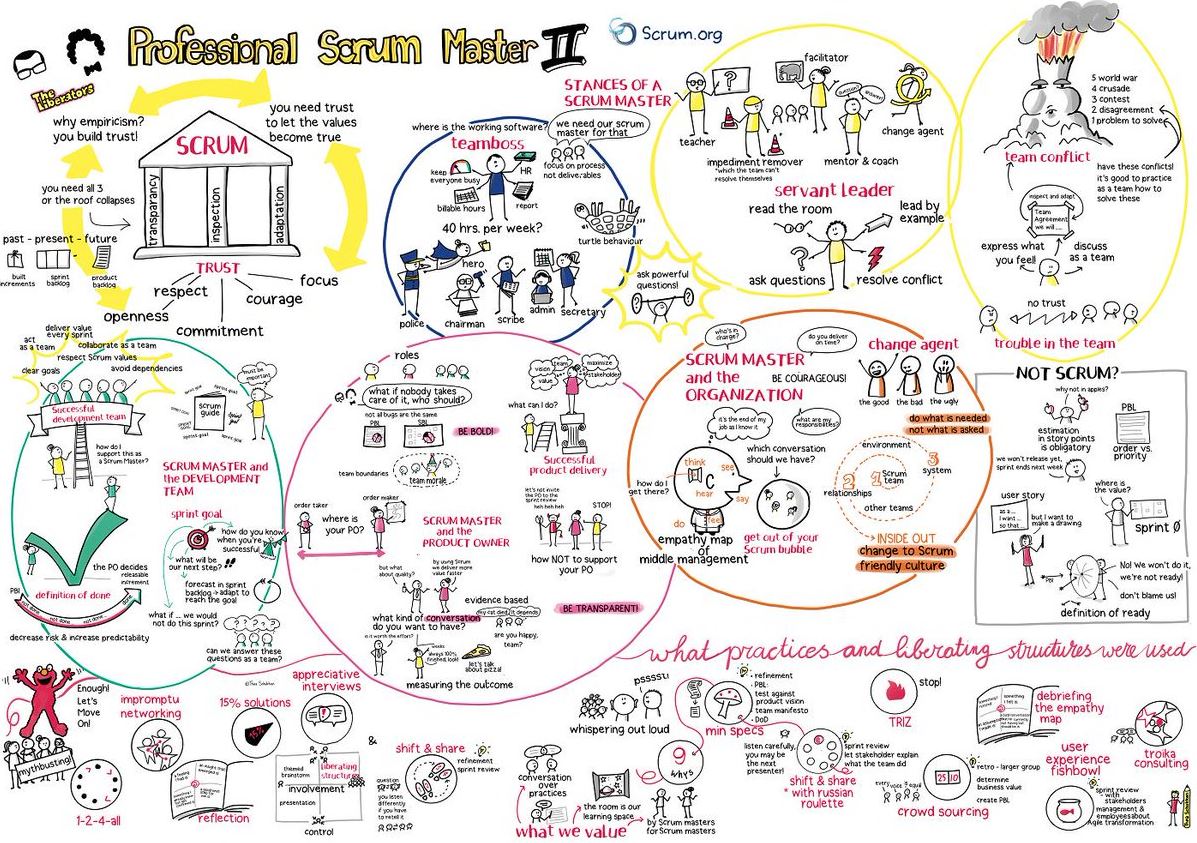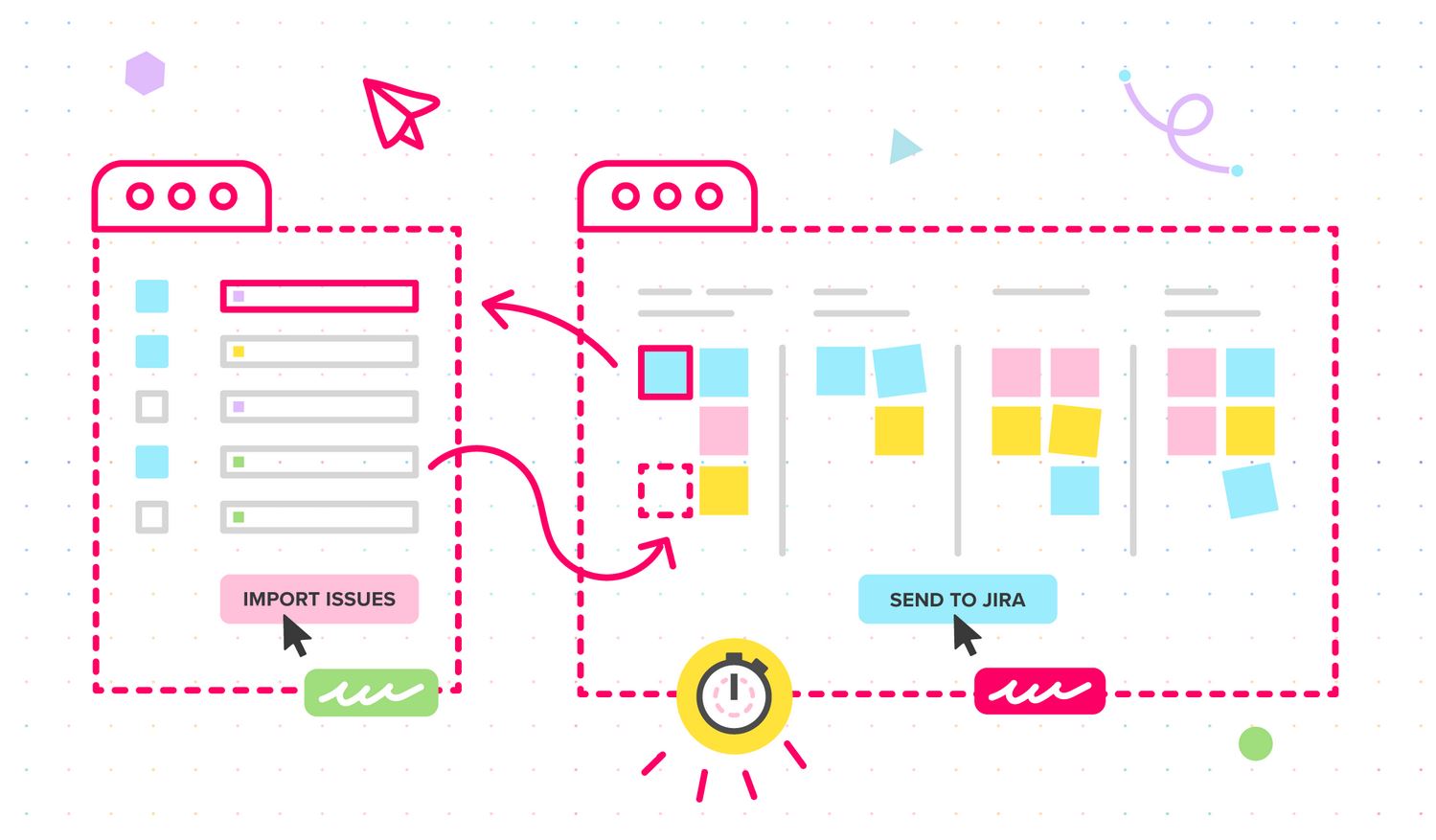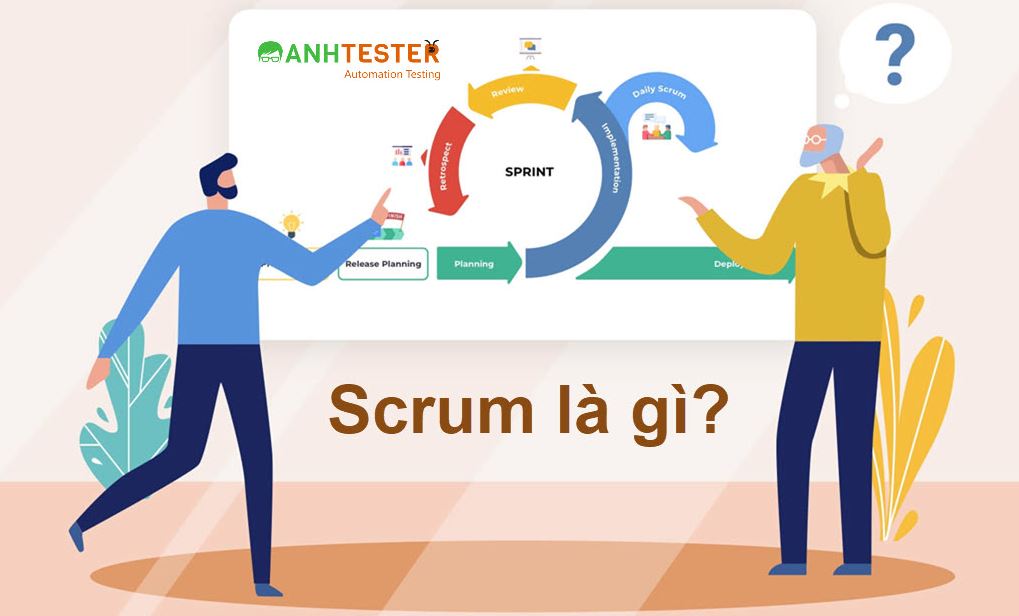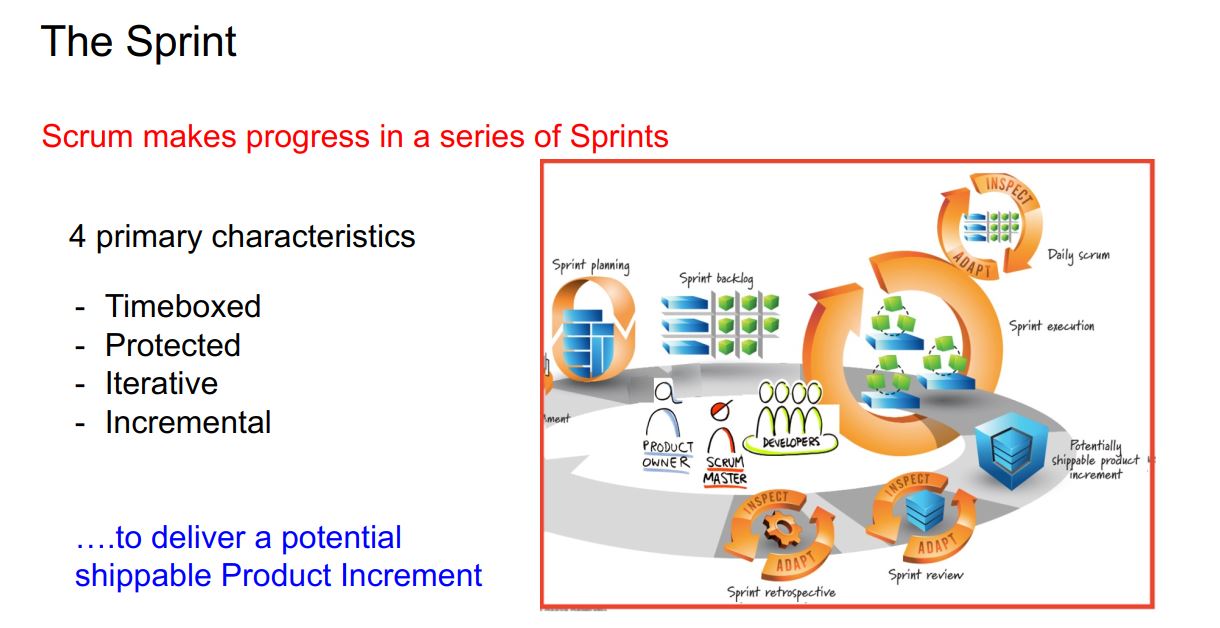- Posted by: Tommy Tran
- Mon, 14/03/2022, 10:35 (GMT+7)
- 0 Bình luận
Sưu tầm ôn tập 10 câu hỏi cho Scrum Developers thi năm 2022
1) How should multiple Scrum Teams deliver a "Done" potentially releasable increment in a Sprint? *
a) Each Scrum Team provides a unique "Done" increment that includes the Team's added functionality
b) The functionality not integrated with the work of other Scrum Teams may be delivered as unintegrated increments. This demonstrates the value created by the Scrum Teams unable to completely integrate their increments.
>> c) Each Sprint, all Scrum Teams have a "Done" increment that integrates with all of the other done increments from all other Scrum Teams. The sum of all increments is the increment for that product
d) Each Scrum Team delivers "Done" increment of its own area of responsibility. These increments are integrated into a whole product during stabilization prior to release.
2) May the members of the Nexus Integration Team also work on the Scrum Teams in that Nexus? *
>> a) Yes, but priority must be given to the work for the Nexus Integration Team
b) No, members of the Nexus Integration Team should not work for the Scrum Teams
c) Yes, but priority must be given to the work for the Scrum Team
3) What are the purposes of the Nexus Sprint Planning? Select three. *
>> a) The sequence of work across teams is adjusted
>> b) All Nexus Sprint Backlog items are estimated in detail
>> c) Cross team dependencies are detected
d) The Nexus Sprint Goal is formulated
4) What are the best ways to improve productivity of all Scrum teams? Choose three. *
a) Appropriately distribute domain knowledge between the Scrum Teams
b) Reduce overlapping of requirements
c) Remove or minimize dependencies of software and test artifacts
d) Add a Nexus expert into each Scrum Team
e) Organize a training on the Nexus framework for all developers
5) In Nexus, all Scrum Teams have the same Sprint length *
a) False
b) True
6) From the list below, what is the most important concern for multiple Development Teams when they are working from the same Product Backlog? *
a) Meeting original scope projections
b) Clear definition of requirements
c) Minimizing dependencies between teams
d) Making sure there's enough work for everyone on every team
7) The Nexus Sprint Review replaces the Sprint Review in each individual Scrum Teams. *
a) True
b) False
8) What are two ways that architecture and infrastructure are handled in Scrum? (select two) *
a) They are added to the Product Backlog and addressed in early Sprints, while always requiring at least some business functionality, no matter how small.
b) They are discussed during Product Backlog refinement and are developed only along with selected functionality.
c) They are built by a separate team through the creation of an architectural runway.
d) They are discussed, determined, and documented before the actual feature development Sprints.
9) How should Product Backlog items be chosen when multiple Scrum Teams work from the same Product Backlog? *
a) The Product Owner decides
b) The Development Teams pull in work in agreement with the Product Owner
c) The Development with the highest velocity pulls Product Backlog items first
d) Each Scrum Team takes an equal number of items
>> c) The Product Owner should provide each team with its own Product Backlog
10) Can Scrum Teams use own Definition of Done within a Nexus? *
>> a) Yes, they can, but the criteria should be more rigorous than agreed for the Increment.
b) No, Yes and all Scrum Teams should use the that DoD.






























Add Comment